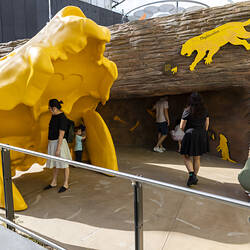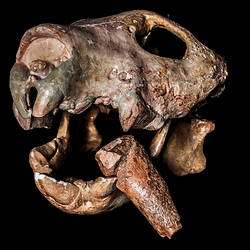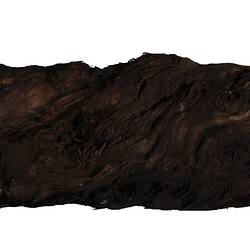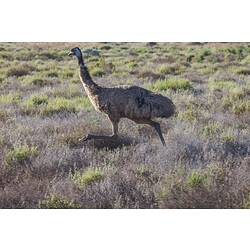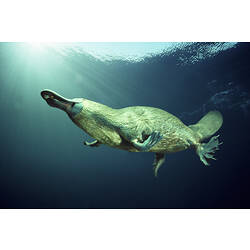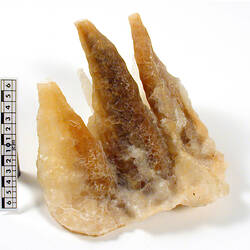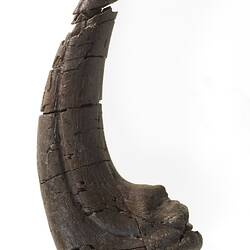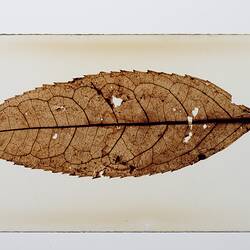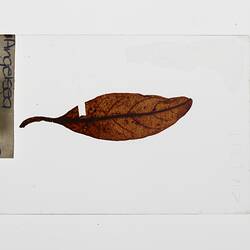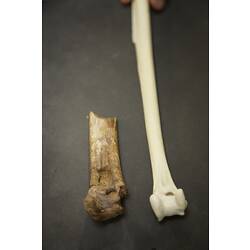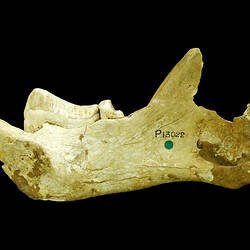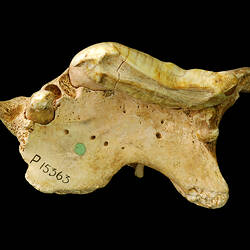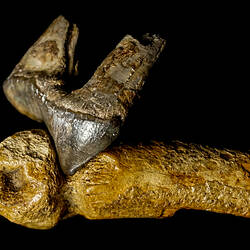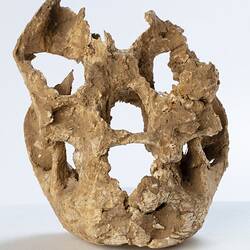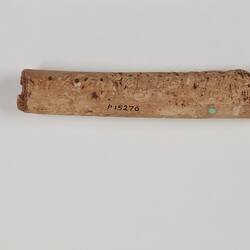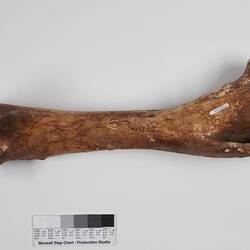The Gandel Gondwana Garden is an outdoor palaeontological gallery exploring Victoria's biodiversity across deep time. It expands the existing Pauline Gandel Children's Gallery and comprises an exploration and learning space for six-to-12-year-olds.
The name refers to the ancient supercontinent Gondwana that for 300 million years connected most of the southern hemisphere, including Australia, before breaking apart into the continents we recognise today.
Visitors experience our part of Gondwana and how it has changed over time. They walk through five time periods in Victorian ecosystems, and along the way learn about our prehistoric megafauna, dinosaurs, and plants. The fossilised traces left behind by this ancient life feature in the form of touchable replicas of bones, leaves, feathers, footprints, teeth, and claws from the Museums Victoria collection.
First People's knowledge of the animals and plants is woven into the interpretation, and language names are included where known. This knowledge of the unique animals and plants alive today is based on generations of observations and use by First Peoples.
The Gandel Gondwana Garden is made possible thanks to investment from the Victorian State Government and generous philanthropic support from Mr John Gandel AC and Mrs Pauline Gandel AC, in honour of whom the Garden has been named.
Below you can explore some of the Museums Victoria specimens that inspired creation of the Garden.
More Information
-
Keywords
-
Authors
-
Article types

